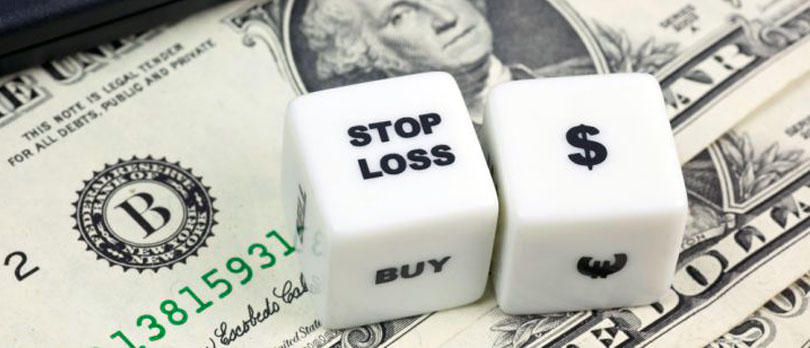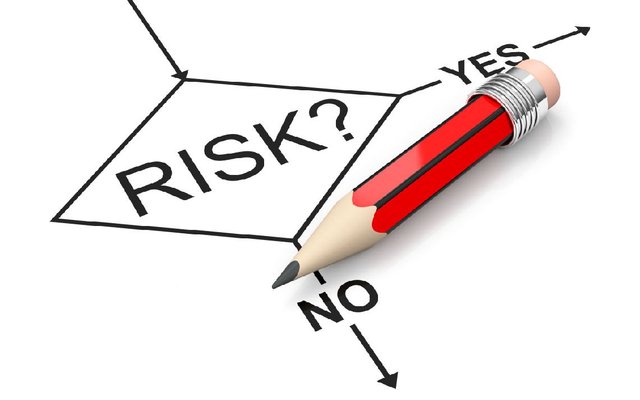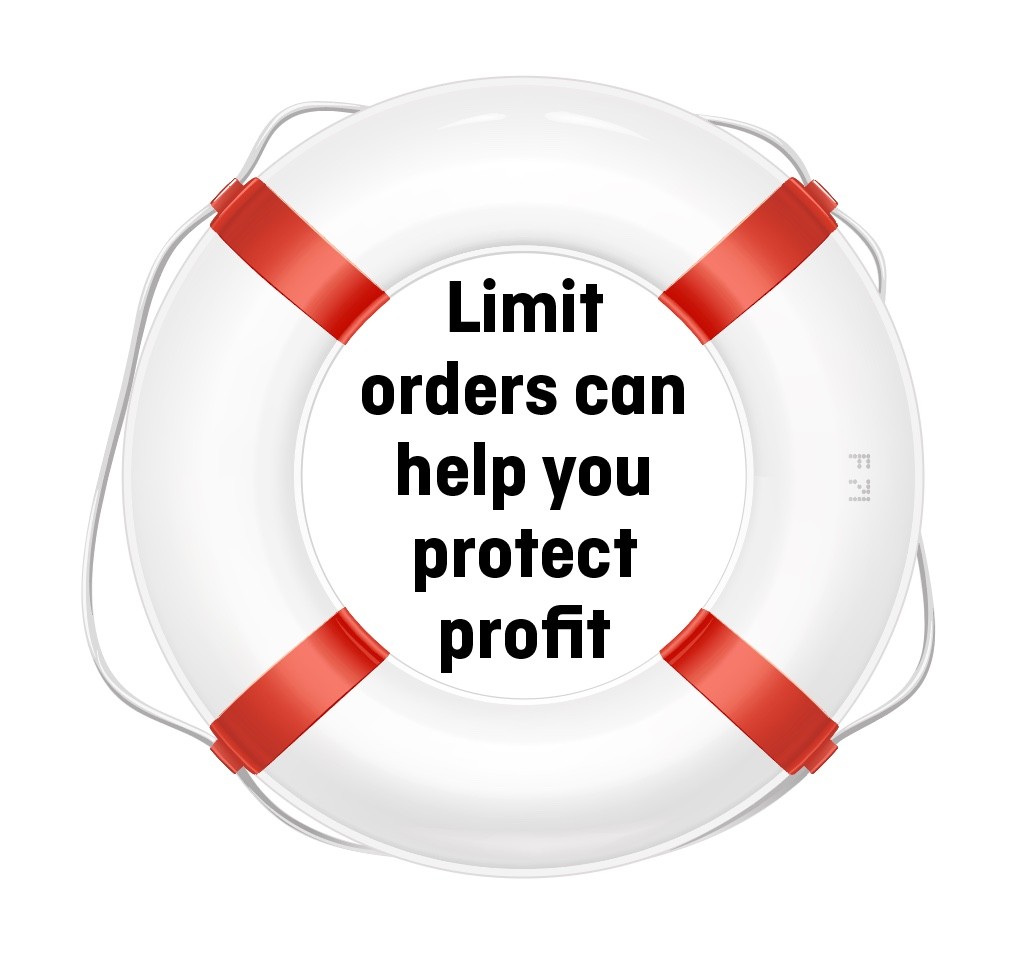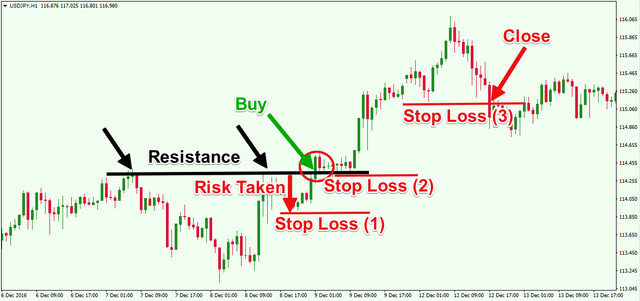Stop Loss Usage
( )
)
Bitcoin's article published in 2008 by Satoshi Nakamoto, the co-inventor of Blockchain technology and Bitcoin, "The person using Stop-Loss is like a non-sharp blade". It is understood that Satoshi made a mockery of the investor with the phrase "he was not afraid of the child" when he made a mockery with the investor who clearly used stop-loss with this sentence.
Of course Satoshi Nakamoto did not say such a thing 🙂 But would it be unfair if Satoshi really said something like that?

First, let's define what stop-loss is. It is quite simple actually; is a forward-looking sales order, so that if the position to be opened from x price is to be sold below x-1 price. (There is also Dubai Emiri, which does not have to deal with this Bitcoin story at all, but I do not think it's his place.) Stop-Loss does not stop at a certain price, is a useful tool.
Above there is the user face of the tool where the buy, sell and stop-limit orders of the Poloniex stock are given. I will never mention buying and selling orders. On the Stop-Limit you should have noticed that there is an extra line. Limit line ...

Amount (how much LBC is bought or sold) is the sum of the LBC in the above tool, and total is the number of LBCs to buy or sell. Total can not be entered, all fields are automatically calculated by the system after being filled. Stop line, again, for example, the lower limit you set for the coin you buy from x price is the part you will enter, and the limit is the amount that you will be able to sell if the coin determines the fiyata touch. Maybe it's the same thing. But it is not.
![feature5.jpeg]
Here we can think of the stop point as a trigger. When the price reaches point x-1, we can sell at x-1 price. In this case, we will enter the stop and limit at the same price. Besides, our analysis may tell us that the price will decrease to x-2 when reaching the point x-1, and if we do not want to endure more expense, we can also determine the limit x-2 or x + 2 if we do not know what will happen after x-1. In summary; the stop point is the point where we want to sell our coin if the order is entered into a normal buy sales emrine and if the limit is met. I usually enter the stop and limit at the same level. But if the position we have received has a solid support point and this support point has been tested several times and proved to be reliable, we can define the stop point as a support point and place the limit level somewhere above the support point. This part is entirely an investor's sense of risk and ability to analyze.
As a result, using a stop limit tool can protect you from potential damage as well as deprive potential profit, so do not forget it. In my opinion, the most effective way to use the stop limit tool is to make profit optimizations by constantly changing the positions in the rising trend.
If you are not a strict HODL player and are trading short-term, it is advisable to leave the position untouched by all of them. Otherwise, sudden falls may restrict your ability to move, and sudden increases in profits will be psychologically annoying. That's all for now.
If the psychological infrastructure of the stop-loss vehicle I mentioned at the beginning of the article is to come, stop-loss is definitely not a coward for me. Many investors with a wide risk appetite can think of it as entering into the position that they think they will lose for the stop-loss vehicle. A look is right. Because stop-loss can deprive you of possible sudden drops as well as deprive you of possible sudden increases. How Does? The graphic below clearly shows. It's an incident I experienced last night. I set a stop limit at 28K SATS level, and at night the market made a sales order by touching this level and then you see where Coin is. If I had lowered the acceptable level of damage more, I could wake up in the morning with a profit of around 40 percent in this position.
As a result, using a stop limit tool can protect you from potential damage as well as deprive potential profit, so do not forget it. In my opinion, the most effective way to use the stop limit tool is to make profit optimizations by constantly changing the positions in the rising trend.
If you are not a strict HODL player and are trading short-term, it is advisable to leave the position untouched by all of them. Otherwise, sudden falls may restrict your ability to move, and sudden increases in profits will be psychologically annoying. That's all for now.
![stop-loss.jpg]
( )In
)In